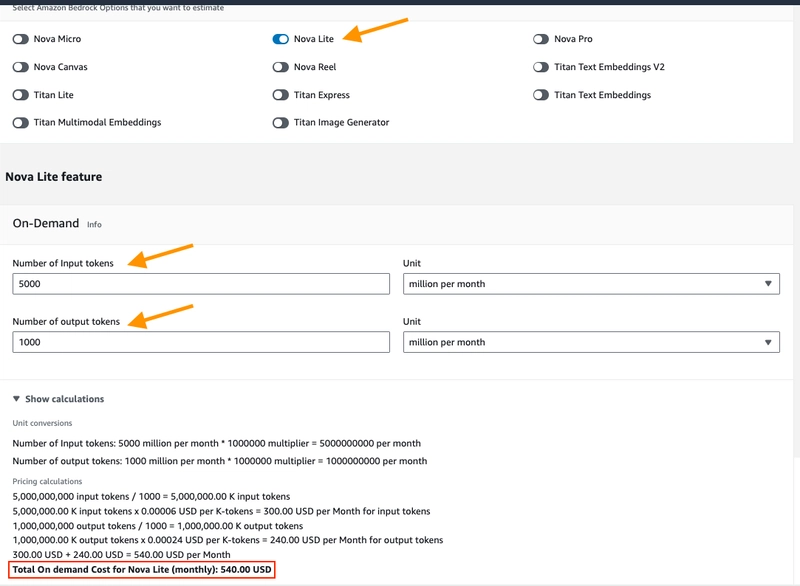Part 3: Google Front Ends (GFEs) – The Intelligent Traffic Managers
Once DNS resolution gives us the IP address of www.google.com, what happens next? You might assume that your request goes directly to a Google server that hosts Gmail or Search — but it doesn’t. Instead, it hits a Google Front End (GFE) — a globally distributed smart layer that: Accepts incoming HTTP(S) requests Handles TLS handshakes Terminates SSL Enforces load balancing Redirects traffic to the most optimal backend Protects the system from attacks (e.g., DDoS) Google's GFEs are the reason why users across any region — even on a slow network — get near-instant results. What Exactly is a GFE? Think of a GFE as the entry gate to Google’s entire infrastructure. It decides where your request should go, based on: Your location Current traffic load Application-level routing logic Backend health status It is essentially a software load balancer distributed across hundreds of global locations. Real-World Analogy: Airport Check-In Desk Imagine arriving at a busy airport. Instead of going directly to the airplane, you first: Pass through check-in (GFE) Get verified (SSL termination) Receive a boarding pass with seat (load balancing info) Then you're routed to your gate (backend server) This system ensures you don’t accidentally end up on the wrong flight (or an overloaded one). Step-by-Step: What Happens When a Request Reaches GFE 1. DNS Resolves to a GFE IP In the previous part, we saw that DNS resolution returns an IP of a GFE closest to the user (via Anycast). This is not the actual web server — it’s the front gate. 2. SSL Termination The GFE terminates the TLS/SSL connection. It uses SSL certificates hosted on Google’s edge nodes. This allows secure communication without overloading internal services. Internally, after TLS is terminated, Google uses HTTP/2 or gRPC for fast, binary communication.

Once DNS resolution gives us the IP address of www.google.com, what happens next?
You might assume that your request goes directly to a Google server that hosts Gmail or Search — but it doesn’t.
Instead, it hits a Google Front End (GFE) — a globally distributed smart layer that:
- Accepts incoming HTTP(S) requests
- Handles TLS handshakes
- Terminates SSL
- Enforces load balancing
- Redirects traffic to the most optimal backend
- Protects the system from attacks (e.g., DDoS)
Google's GFEs are the reason why users across any region — even on a slow network — get near-instant results.
What Exactly is a GFE?
Think of a GFE as the entry gate to Google’s entire infrastructure. It decides where your request should go, based on:
- Your location
- Current traffic load
- Application-level routing logic
- Backend health status
It is essentially a software load balancer distributed across hundreds of global locations.
Real-World Analogy: Airport Check-In Desk
Imagine arriving at a busy airport. Instead of going directly to the airplane, you first:
- Pass through check-in (GFE)
- Get verified (SSL termination)
- Receive a boarding pass with seat (load balancing info)
- Then you're routed to your gate (backend server)
This system ensures you don’t accidentally end up on the wrong flight (or an overloaded one).
Step-by-Step: What Happens When a Request Reaches GFE
1. DNS Resolves to a GFE IP
In the previous part, we saw that DNS resolution returns an IP of a GFE closest to the user (via Anycast). This is not the actual web server — it’s the front gate.
2. SSL Termination
- The GFE terminates the TLS/SSL connection.
- It uses SSL certificates hosted on Google’s edge nodes.
- This allows secure communication without overloading internal services.
Internally, after TLS is terminated, Google uses HTTP/2 or gRPC for fast, binary communication.












































































































































































![[The AI Show Episode 144]: ChatGPT’s New Memory, Shopify CEO’s Leaked “AI First” Memo, Google Cloud Next Releases, o3 and o4-mini Coming Soon & Llama 4’s Rocky Launch](https://www.marketingaiinstitute.com/hubfs/ep%20144%20cover.png)








































































































































































































![GrandChase tier list of the best characters available [April 2025]](https://media.pocketgamer.com/artwork/na-33057-1637756796/grandchase-ios-android-3rd-anniversary.jpg?#)












































.png?width=1920&height=1920&fit=bounds&quality=70&format=jpg&auto=webp#)

























.webp?#)































































































![Here’s everything new in Android 16 Beta 4 [Gallery]](https://i0.wp.com/9to5google.com/wp-content/uploads/sites/4/2024/11/Android-16-logo-top-down.jpg?resize=1200%2C628&quality=82&strip=all&ssl=1)











![New Beats USB-C Charging Cables Now Available on Amazon [Video]](https://www.iclarified.com/images/news/97060/97060/97060-640.jpg)

![Apple M4 13-inch iPad Pro On Sale for $200 Off [Deal]](https://www.iclarified.com/images/news/97056/97056/97056-640.jpg)


































































































































